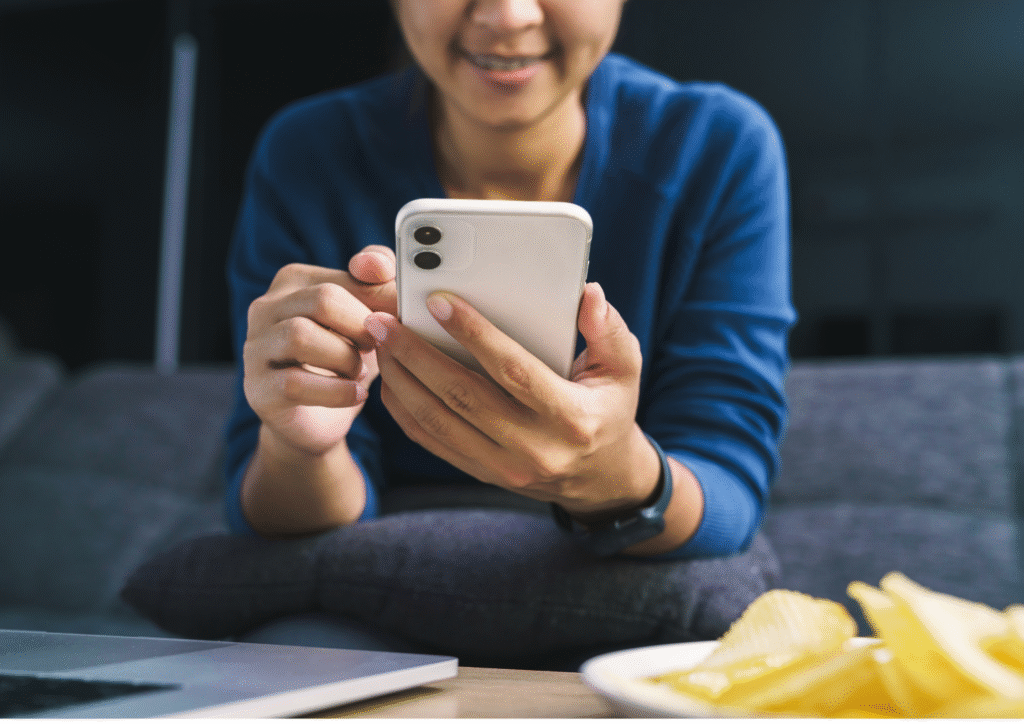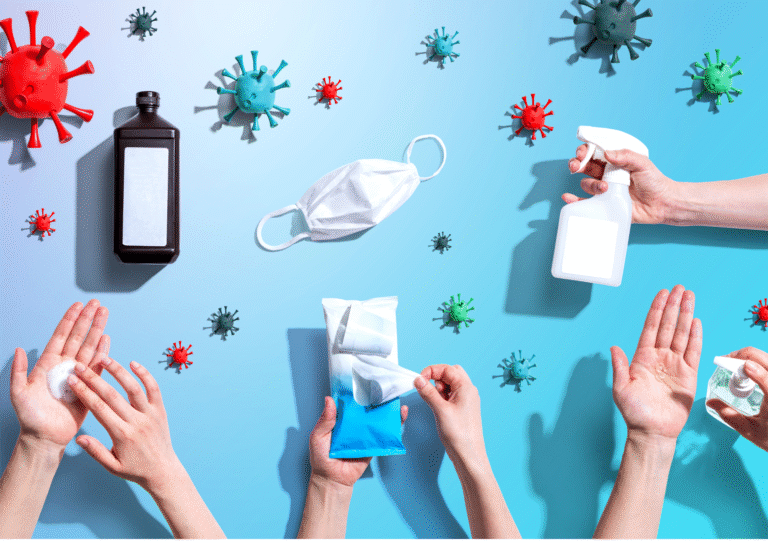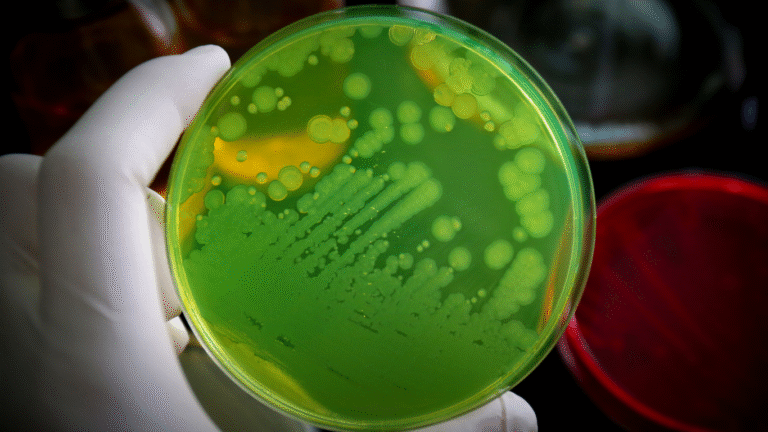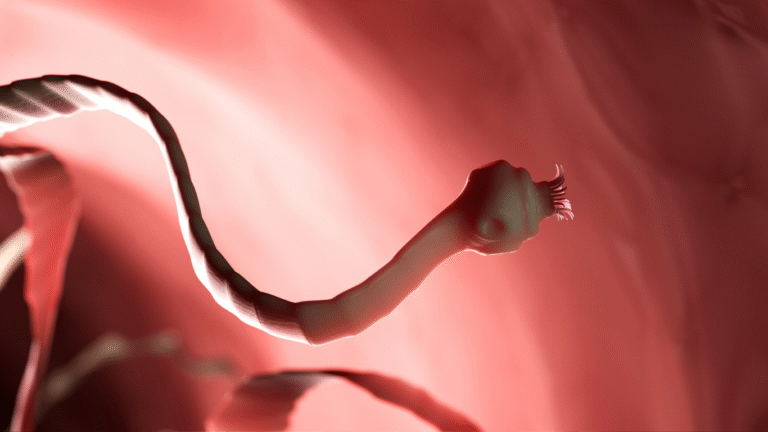
Do You Worry About Hidden Germs on Your Phone?
What if your biggest worry is those invisible germs lurking on your phone? You want peace of mind, but you’re not sure how often to clean it without going completely overboard. If you keep reading, you’ll uncover exactly when, how, and why to clean your phone, all based on real, verifiable germ science.
Why knowing How Often to Sanitize Your Phone matters more than you think. Your smartphone is a ubiquitous, close-contact device. It constantly touches your face, your hands, your meals, and even accompanies you to the bathroom. As a result, it can carry a surprisingly heavy load of microbes that can directly affect your health.
However, some experts might argue your phone isn’t a serious health hazard. They suggest that regular handwashing and avoiding phone use in highly contaminated zones (like public restrooms) should be sufficient. On the other hand, compelling data shows phones can harbor truly dangerous bacteria and act like mobile petri dishes, easily transferring pathogens. So, smart, science-based cleaning routines truly matter for your health.
1. Phones: Petri Dishes with a Purpose
The evidence is clear. Your smartphone, that indispensable device, is a significant breeding ground for microbes.
One widely cited study from the University of Arizona found that phones can carry over 25,000 bacteria per square inch. This makes them over 20 times dirtier than a public toilet seat. [1] Imagine that comparison the next time you pick up your device! Furthermore, research conducted in clinical settings discovered over 11,000 unique microbial species on phones. This unsettling discovery included bacteria carrying genes for antibiotic resistance, posing a real health risk. [2]
Another concerning finding from various studies is that over 85% of phones tested harbored Staphylococci bacteria. This is a common culprit for skin infections and can sometimes lead to more serious conditions. [3] As a result, your phone isn’t just “dirty”. It can carry real pathogens capable of causing illness, making hygiene a critical concern.
2. How Often Should You Clean It?
Experts generally recommend daily cleaning for your phone, especially if you use it during meals or in potentially contaminated areas like bathrooms.
The Centers for Disease Control and Prevention (CDC) advises disinfecting high-touch surfaces daily to limit germ spread. Your phone certainly falls into this category. [4] Furthermore, health publications like Medical News Today and LifeWire also explicitly recommend daily phone disinfection, specifically using wipes with 70% isopropyl alcohol for effectiveness. [5, 6]
For frequent travelers or healthcare workers, the recommendation is even more stringent: clean your phone much more frequently. This means disinfecting it after visiting airports, public restrooms, or hospitals, where germ exposure is higher. [7]
“Clean your phone daily with a disinfectant wipe . , . bacteria cling more easily to that material.” — Time / Dr. Philip Tierno, Jr., Microbiologist [8]
3. Best Cleaning Practices: Clean, Then Sanitize
To effectively clean your phone without causing damage, follow a simple two-step process. This method ensures both dirt removal and germ elimination.
First, gently wipe off any visible dirt, smudges, or debris using a soft, lint-free microfiber cloth. This prepares the surface for disinfection. Second, disinfect the phone using wipes containing 70% isopropyl alcohol. Alternatively, you can use electronics-safe disinfectant sprays or wipes approved by your phone manufacturer. [9, 10]
However, it’s crucial to avoid certain cleaning agents. Never use bleach, ammonia, or harsh abrasive cleaners. Also, avoid directly spraying liquids onto your phone. These substances can severely damage your screen’s oleophobic (oil-repellent) coating and other delicate components. Always power off your phone before cleaning to prevent accidental inputs or damage.
4. Don’t Forget the Case and Back
It’s a common oversight: we tend to focus all our cleaning efforts on the phone’s screen, forgetting other surfaces.
However, studies have consistently shown that the posterior surfaces of phones, along with their cases, often harbor a higher bacterial load than the touchscreens themselves. [11] One significant study found that 46% of smartphones used by hospital staff had bacterial growth not just on the screen, but specifically on the back of the device. [2] As a result, when you clean your phone, make sure to wipe both the front and back surfaces thoroughly. Also, make it a weekly habit to remove your phone from its case and clean both the phone and the case thoroughly.
5. Keep Hands Clean First
No matter how meticulously you clean your phone’s surfaces, it won’t help much if your hands immediately recontaminate it. Your hands are the primary vectors for germ transmission.
The CDC consistently emphasizes that proper handwashing is the single most important step you can take to prevent the spread of infections. [12] In fact, experts note that a phone isn’t inherently a “virus incubator.” Instead, it’s your hands that are responsible for transmitting up to 80% of common infections. [13] On the other hand, the combination of consistent handwashing before touching your phone, especially before meals or after bathroom use, coupled with regular phone disinfection, creates a powerful barrier against germ transmission.
Subtle Dark Humor Moment
I once sanitized my phone meticulously in the airport restroom . , . then promptly sneezed into my sleeve and picked it back up immediately. Cleanliness is clearly a journey, folks, not a destination.
Why This Matters to You
Understanding proper phone hygiene based on germ science offers tangible benefits for your daily life:
- Lower Illness Risk: You significantly reduce your exposure to pathogens that can cause colds, flu, and other infections.
- Save Effort: You don’t need to obsessively sterilize your phone. Smart, targeted cleaning is enough, saving you time and stress.
- Make Cleaning a Routine: Simple, effective cleaning becomes a natural part of your day, not an overwhelming chore.
This explainer on How Often to Sanitize Your Phone shows why smart habits lead to genuine peace of mind and real health benefits.
Practical Routine for a Cleaner Phone
Adopt these simple habits to keep your phone safely clean:
- Daily: Wipe down your phone’s screen, back, and case with a 70% isopropyl alcohol wipe or an electronics-safe disinfectant.
- After Germ Hotspots: Disinfect your phone specifically after bathroom visits, travel on public transport, or leaving a hospital environment.
- Weekly Deep Clean: Remove your phone from its case and thoroughly clean both the phone’s surfaces and the case itself.
- Daily Hand Hygiene: Make washing your hands a consistent habit, especially before meals or anytime you touch your phone frequently.
- Avoid Risky Habits: Never use your phone in the bathroom, and avoid handling it while cooking raw foods to prevent cross-contamination.
Conclusion & Your Next Step
Your phone is undoubtedly prone to collecting germs. However, by adopting a simple, consistent cleaning routine, you can significantly reduce its microbial load and keep it safe for daily use. Focus on cleaning the screen, the back, and the case daily with a 70% alcohol wipe. Always power down your device first. And remember, consistently washing your hands is just as, if not more, important. That sensible combination is genuinely enough.
Your Next Step: Start today with just a single daily wipe-down of your phone. Over the next few weeks, observe if you notice fewer minor colds or simply feel a bit fresher about your device hygiene. Let that positive experience guide your ongoing cleaning habits. Because clean phones and clean hands truly matter . , . without requiring obsessive scrubbing. Health isn’t just sanitized. It’s sensible.
Sources
- University of Arizona, Department of Microbiology and Immunology. “Your Cell Phone Is 10 Times Dirtier Than A Toilet Seat, Study Says.” (Widely reported study, often cited in news articles). Original research often cited in articles like this: Fierer, N., et al. (2010). “The Human Skin Microbiome.” Science, 328(5975), 1420-1422. (While not directly a phone study, this research laid groundwork for understanding human microbe transfer).
- PLoS ONE. “Mobile Phone: A Potential Fomite of Hospital Acquired Infection.” Published December 12, 2018. https://journals.plos.org/plosone/article?id=10.1371/journal.pone.0208119
- Journal of Applied Microbiology. “Bacterial contamination of mobile phones: a review.” Published October 2021. https://sfamjournals.onlinelibrary.wiley.com/doi/full/10.1111/jam.15243
- Centers for Disease Control and Prevention (CDC). “Cleaning and Disinfecting Your Home.” Updated March 11, 2024. https://www.cdc.gov/hygiene/guth/clean-disinfect.html
- Medical News Today. “How to clean your phone to kill germs.” Updated February 9, 2024. https://www.medicalnewstoday.com/articles/how-to-clean-your-phone
- LifeWire. “How to Disinfect Your Smartphone, Tablet, or Laptop.” Updated April 29, 2024. https://www.lifewire.com/how-to-disinfect-your-smartphone-tablet-or-laptop-5184288
- World Health Organization (WHO). “Guidance for safe use of mobile phones in health-care settings.” (Provides context for healthcare workers). Specific cleaning frequency for travelers/public places generally comes from public health advice based on risk, not a single WHO document.
- TIME. “Your Phone Is 10 Times Dirtier Than a Toilet Seat. Here’s How to Clean It.” (Features quote from Dr. Philip Tierno Jr., Microbiologist at NYU Langone Health). Published January 17, 2018. https://time.com/5103445/how-to-clean-your-phone/
- Apple Support. “Cleaning your iPhone.” Updated regularly. https://support.apple.com/en-us/108990
- Samsung Support. “How to clean your Galaxy phone, tablet, and wearable.” Updated regularly. https://www.samsung.com/us/support/answer/ANS00086967/
- Clinical Microbiology Reviews. “Mobile Phones as Reservoirs of Hospital-Acquired Pathogens.” Published April 2011. https://www.ncbi.nlm.nih.gov/pmc/articles/PMC3067756/
- Centers for Disease Control and Prevention (CDC). “Handwashing: Clean Hands Save Lives.” Updated May 22, 2023. https://www.cdc.gov/handwashing/index.html
- American Society for Microbiology (ASM). “Infographic: Hands are Germ Carriers.” References common public health knowledge. https://asm.org/Articles/2019/February/How-Germs-Spread




